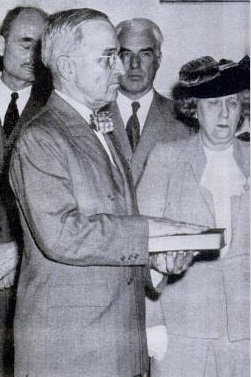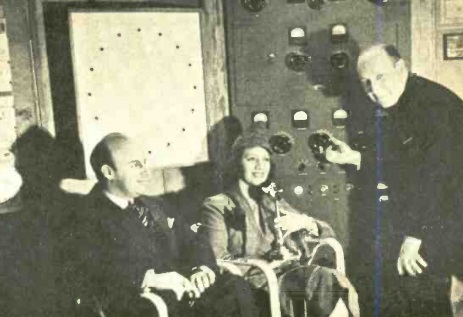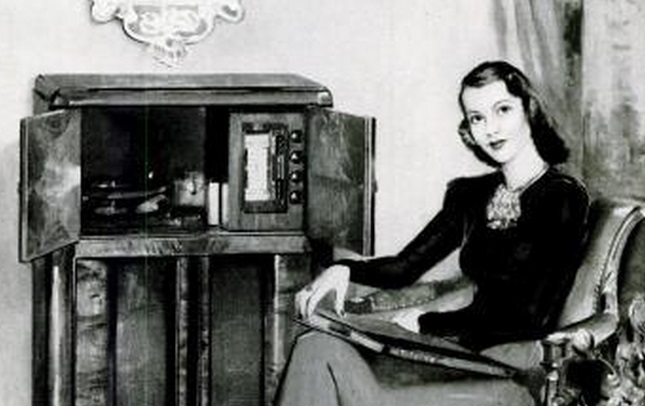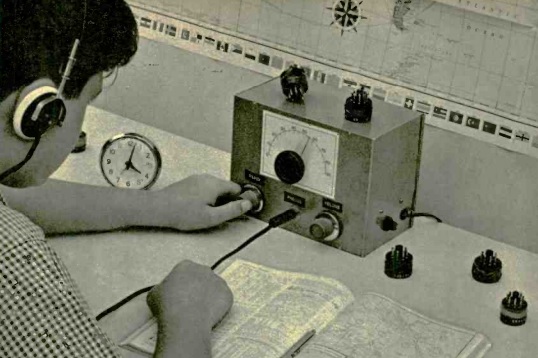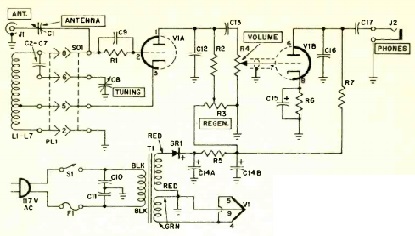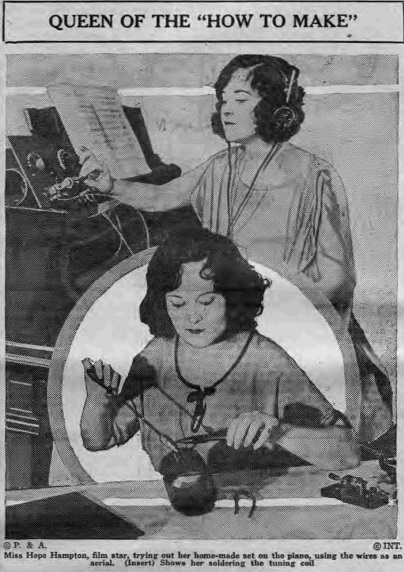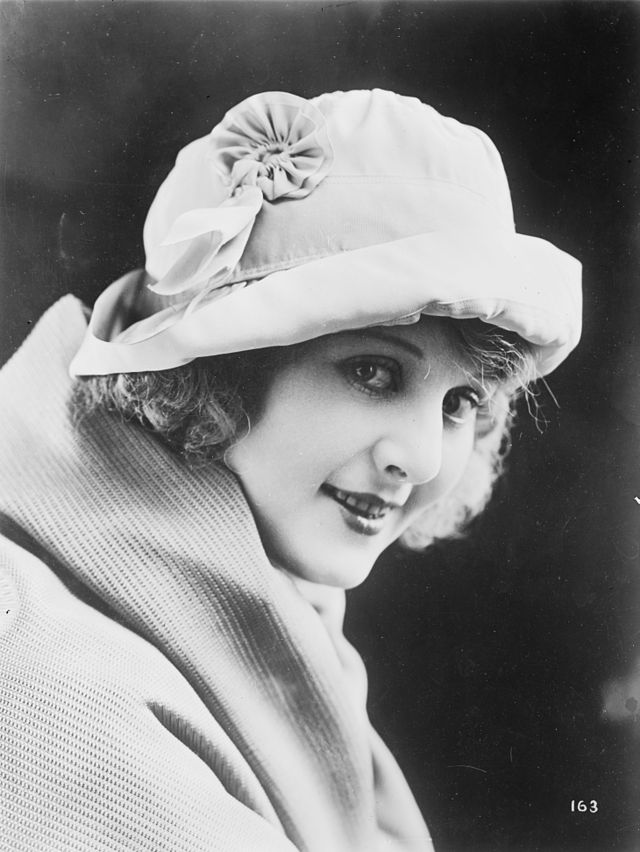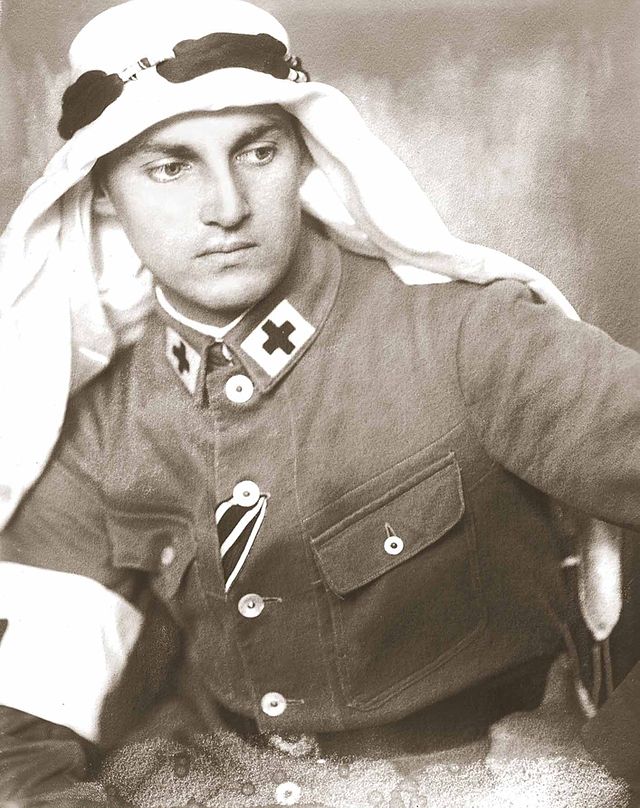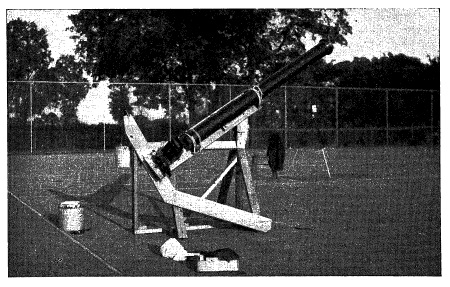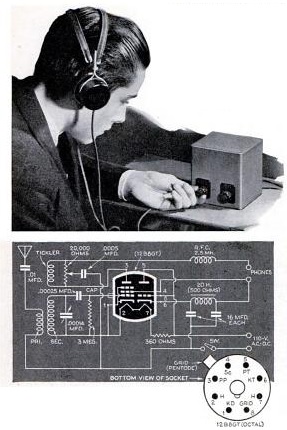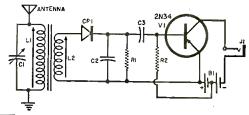This month marks the hundredth anniversary of the Armenian Genocide, in which over a million Armenians were killed by the Ottoman Empire and those working on its behalf. The killings were carried out in a variety of ways, and the net result was that the bulk of the Armenian Christian population was eliminated. Most of those who survived were forced from their homes and formed the Armenian Diaspora, with large populations in North America, the Soviet Union, Europe, South America, and Australia.
The “official” start date is generally considered to be April 24, 1915, when about 250 intellectuals and community leaders were rounded up in Constantinople for eventual execution.
One convenient method employed to execute women and children was to simply march them into the Syrian desert where they could die by dehydration and starvation.
Armin Theophil Wegner was born in Elberfeld, Rhineland, in Germany, in 1886. He was trained in law, but didn’t seem to have much direction professionally. At one time, he decided to work as a travel writer. Eventually, deciding to see the world, he joined the Army, and served as a medic. The outbreak of war saw him attached to the Ottoman army and stationed along the Baghdad railway in Syria and Mespopotamia.
He heard stories of the death marches going on around him, and when he got leave, he took a camera and decided to investigate the stories, despite orders to the contrary. He learned that the stories were true, and the photos he took served as one of the few pieces of documentary evidence of the atrocities.
He was ultimately found out, and sent back to Germany. Many of his photos were seized, but he managed to smuggle out many negatives inside his belt.
The experience was moving for Wegner. In 1933, he wrote an open letter to Hitler denouncing the treatment of the Jews. No newspaper would publish it, and he was arrested and tortured by the Gestapo. He was eventually able to flee to Italy, where he lived until his death in 1978.
In 1967, Wegner was recognized as one of the Righteous Among The Nations by Yad Vashem.
Read More at Amazon
Links
Click Here For Today’s Ripley’s Believe It Or NotCartoon 
![]()

